For many Canadians, a mortgage represents the single most significant financial commitment of their lives, often stretching across decades. Yet thousands of households across the country have proven that it is possible to pay off a mortgage early with the right strategies and discipline. Here are 25 ways Canadian families can pay off their mortgage early.
Paying Bi-Weekly Instead of Monthly Mortgage Payments

Switching from monthly to bi-weekly mortgage payments is one of the most effective strategies Canadians use to pay off debt faster. By splitting the monthly payment in half and paying every two weeks, homeowners make the equivalent of 13 full monthly payments each year instead of 12. This additional payment goes directly toward the principal, reducing both the balance and overall interest owed. For example, on a CA$400,000 mortgage, bi-weekly payments can shave years off the amortisation period and save tens of thousands in interest. The method requires no drastic lifestyle changes, just consistent discipline in payment scheduling.
Making Lump-Sum Prepayments with Annual Bonuses

Many Canadian families accelerate mortgage repayment by applying annual work bonuses, tax refunds, or other windfalls directly toward their principal. Most lenders allow lump-sum prepayments of up to 10–20% of the original mortgage amount each year without penalty. Even modest contributions, such as CA$5,000 once a year, significantly reduce the outstanding balance and shorten the loan term. By treating these bonuses as opportunities to invest in financial freedom rather than discretionary spending, homeowners avoid interest accumulation. Over time, this disciplined approach can reduce mortgage years substantially and transform occasional income boosts into long-term financial security.
Downsizing to a Smaller Home to Clear Debt Faster

Downsizing remains a powerful method for Canadian households seeking mortgage freedom. By selling a larger or higher-priced property and purchasing a smaller or more affordable one, homeowners can use the equity difference to pay down debt aggressively. For instance, moving from a CA$750,000 home to a CA$500,000 property allows families to apply CA$250,000 directly toward their mortgage balance. Beyond repayment speed, downsizing reduces ongoing costs such as utilities, property taxes, and maintenance. While it may require lifestyle adjustments, this strategy prioritises financial stability and accelerates the journey toward living mortgage-free.
Choosing a Shorter Amortisation Period for Savings

Opting for a shorter amortisation period, such as 15 or 20 years instead of 25, forces homeowners to commit to larger monthly payments while substantially reducing long-term interest costs. Though the higher payment requires careful budgeting, the benefits are significant. A CA$400,000 mortgage at 5% over 25 years accrues over CA$300,000 in interest, whereas the same loan paid over 15 years saves nearly CA$150,000. Many Canadians adopting this approach do so with the mindset of trading short-term sacrifice for long-term gain. By front-loading repayment, they secure debt-free living years earlier than conventional schedules allow.
Refinancing at Lower Interest Rates and Reapplying Savings
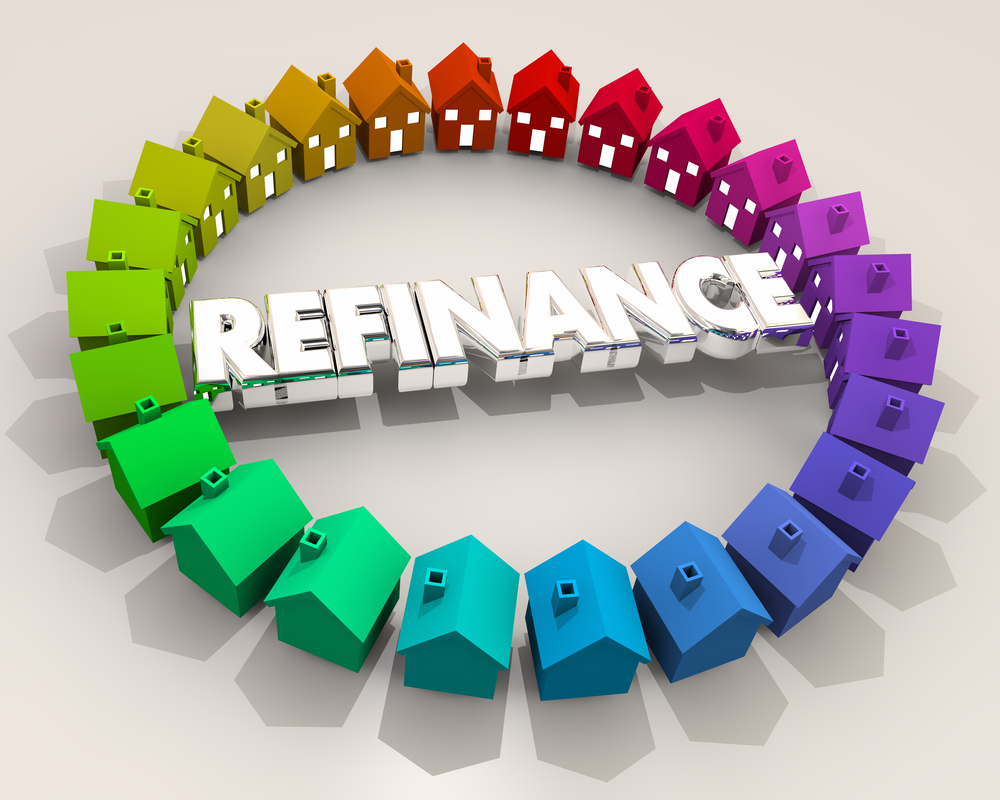
Refinancing has proven to be an effective tool for Canadians who capitalise on lower interest rates. By renegotiating their mortgage during periods of favourable market conditions, homeowners reduce monthly obligations and free up disposable income. The key, however, is to reapply those savings directly to principal repayment rather than increasing lifestyle spending. For example, refinancing from 5% to 3% on a CA$350,000 mortgage can save hundreds of dollars monthly. Redirecting this difference toward prepayments accelerates debt reduction considerably. This disciplined use of refinancing transforms market advantages into financial progress, helping families achieve mortgage freedom years ahead of schedule.
Using Rental Income from a Basement Suite to Pay Down Principal

Converting a basement into a legal rental unit is a common strategy among Canadian families looking to pay off their mortgage early. Rental income, often ranging from CA$800 to CA$1,500 per month depending on location, can be applied entirely toward mortgage payments. This approach not only offsets housing costs but also builds long-term equity at an accelerated pace. Many provinces encourage secondary suites to increase housing supply, making this a feasible option for homeowners. While initial renovation costs may be significant, the ongoing rental income provides a steady financial boost that can shorten amortisation by several years.
Cutting Discretionary Spending to Increase Mortgage Payments
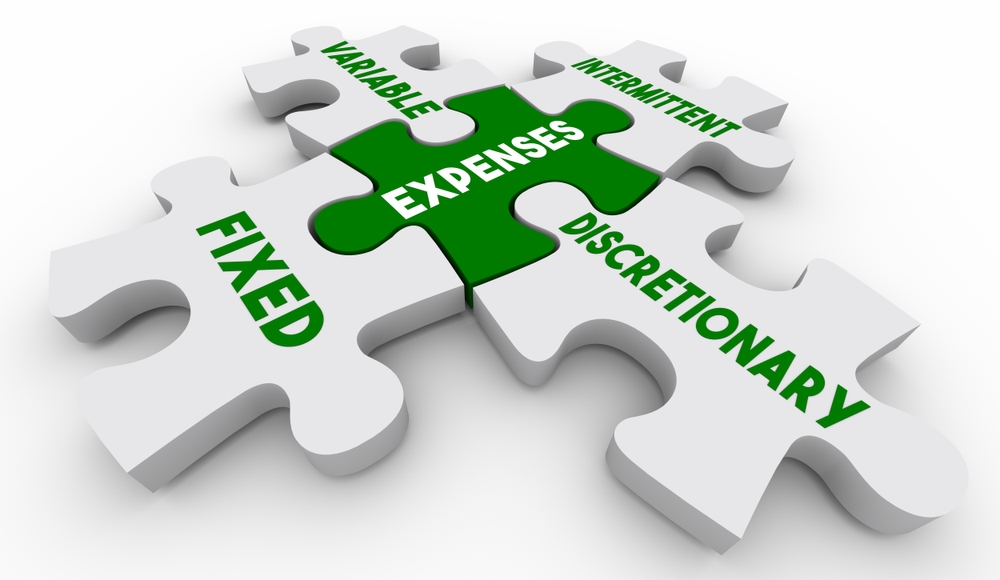
Some Canadian households fast-track mortgage repayment simply by reassessing their budgets and cutting unnecessary spending. Redirecting funds from dining out, luxury purchases, or excessive subscriptions into extra mortgage payments creates measurable progress. Even minor monthly adjustments, such as saving CA$300 by reducing entertainment and takeout expenses, equate to CA$3,600 annually toward principal repayment. When applied consistently, this method accelerates debt reduction while instilling stronger financial discipline. The approach does not require additional income sources but rather careful prioritisation. By consciously placing mortgage freedom above lifestyle indulgences, families successfully reduce both debt load and interest costs.
Leveraging Side Hustle Income Exclusively for Mortgage Prepayment
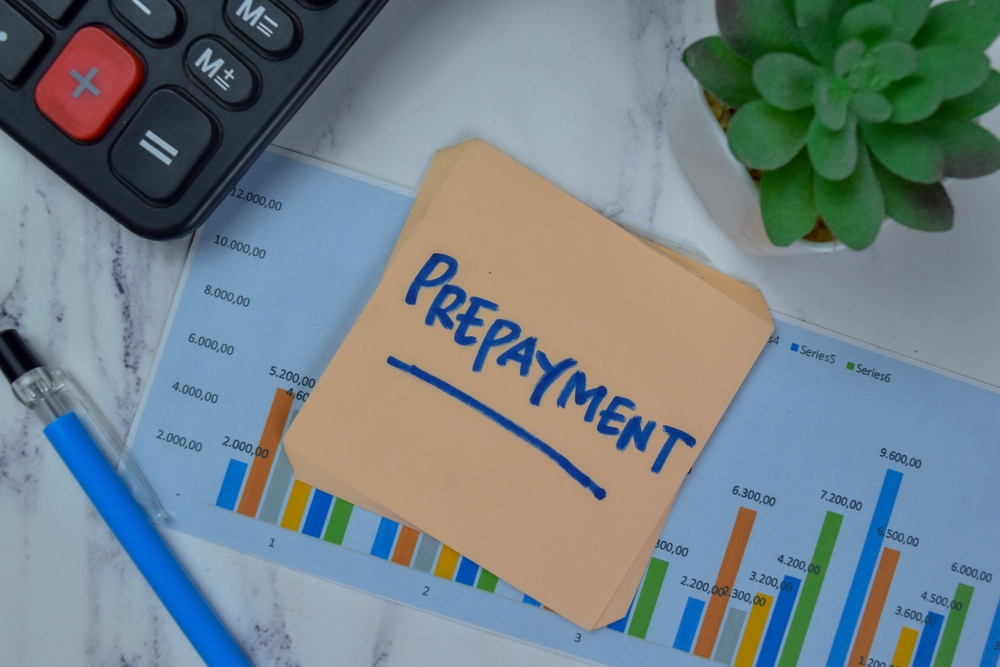
Many Canadians are turning side hustles into a tool for financial independence by dedicating all secondary income to mortgage prepayments. Whether from freelancing, ride-sharing, or part-time work, these earnings provide an additional stream that accelerates principal reduction. For example, earning CA$800 monthly from tutoring or delivery work and directing it toward the mortgage can reduce the number of years required for repayment. This method ensures side hustle income is not absorbed by lifestyle inflation but instead invested in long-term security. By treating secondary income as untouchable for discretionary spending, families create a clear and disciplined path toward mortgage freedom.
Applying Tax Refunds Directly Toward the Mortgage

Instead of spending tax refunds on short-term wants, many Canadian households use them for lump-sum mortgage prepayments. Refunds often range from CA$1,000 to CA$3,000 for middle-income earners, and applying these annually to the principal creates a compounding effect on savings. Even modest yearly contributions significantly reduce overall interest and loan duration. This approach requires no budget adjustments, making it one of the simplest strategies to implement. By reframing refunds as opportunities to invest in financial freedom rather than extra spending, families steadily chip away at their mortgage and achieve early debt elimination.
Prioritising Debt Repayment Over Investment Contributions
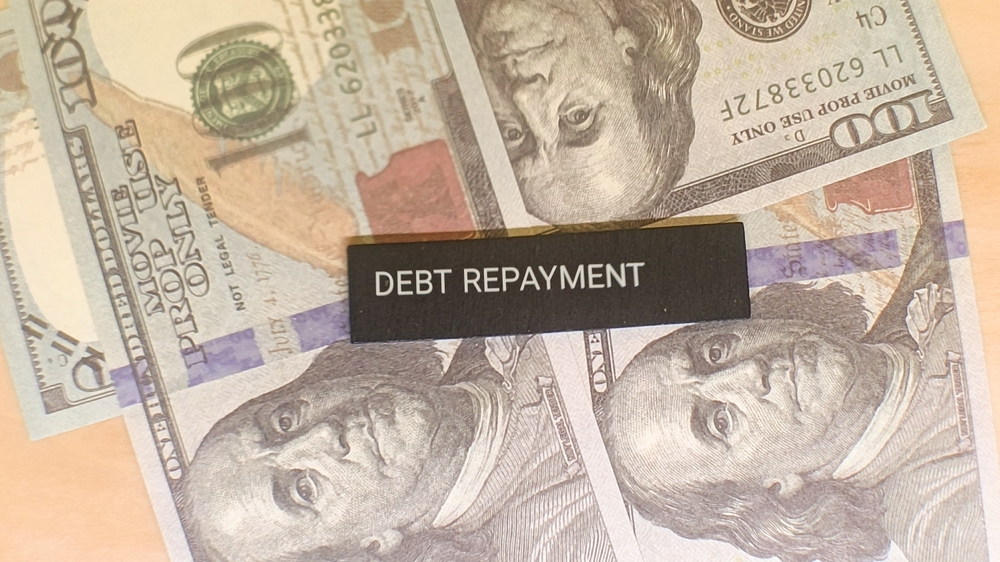
Some Canadians accelerate mortgage repayment by choosing to prioritise debt reduction ahead of investment growth. While traditional financial advice often balances the two, families committed to debt freedom view guaranteed interest savings as a secure return. For example, prepaying a mortgage with a 5% interest rate is equivalent to earning a risk-free 5% return, which often exceeds safe investment yields. By redirecting RRSP or TFSA contributions temporarily toward mortgage principal, homeowners eliminate debt faster and later reallocate freed-up funds into long-term investments. This disciplined focus ensures financial security is built on a debt-free foundation.
Adopting a “One Income for Living, One for Mortgage” Approach

Dual-income Canadian households often commit to a strategy where one salary covers all living expenses, while the other is dedicated solely to mortgage repayment. This approach demands strict budgeting but creates significant repayment acceleration. For instance, with combined household earnings of CA$120,000, allocating CA$60,000 directly toward mortgage reduction annually can eliminate a standard loan in less than a decade. The method works particularly well for families committed to long-term financial freedom. While it requires lifestyle discipline and sacrifice, the outcome—complete mortgage elimination years ahead of schedule—provides lasting peace of mind and stability.
Selling a Second Vehicle to Accelerate Mortgage Payments

Owning multiple vehicles is costly, with insurance, fuel, and maintenance often exceeding CA$8,000 annually per car. Many Canadian families fast-track mortgage repayment by selling their second vehicle and redirecting those savings toward principal reduction. For households in urban areas with strong public transit, the financial trade-off is practical. Beyond eliminating the ongoing expenses, proceeds from the vehicle sale itself can provide an immediate lump-sum prepayment. This combined effect of upfront and ongoing savings dramatically shortens the mortgage timeline. The strategy represents a conscious shift from convenience spending to long-term debt elimination.
Using Inheritance or Financial Windfalls to Reduce Debt

Unexpected financial gains such as inheritances, work severance packages, or lottery winnings provide Canadians with opportunities to achieve mortgage freedom faster. Instead of dispersing these windfalls on lifestyle upgrades, applying them directly to mortgage balances delivers long-term benefits. For example, a CA$50,000 inheritance used as a lump-sum payment can reduce years of amortisation while saving substantial interest. Though emotionally challenging when tied to family estates, many choose this path to honour financial responsibility. By transforming one-time income boosts into permanent debt reduction, households secure economic stability and reach mortgage-free living far earlier than scheduled.
Switching to Accelerated Weekly Payment Plans
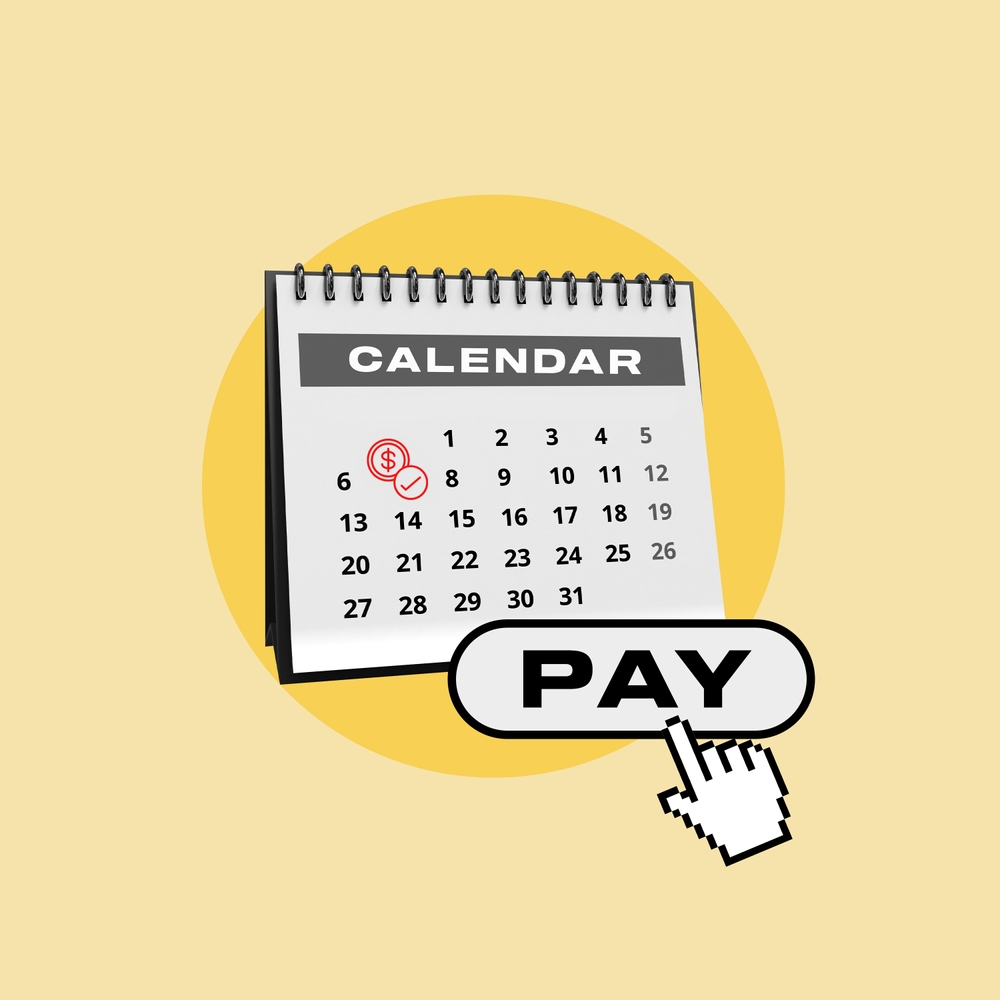
Accelerated weekly mortgage payments are another effective method for reducing debt quickly. Instead of paying monthly or bi-weekly, homeowners divide annual payments into 52 weekly instalments, resulting in an extra full payment each year. This additional amount reduces the principal balance more rapidly, lowering the interest paid over the life of the loan. For a CA$400,000 mortgage, switching to accelerated weekly payments can save tens of thousands in interest and shorten repayment by several years. While requiring slightly tighter cash flow management, the strategy is straightforward and highly effective for motivated Canadian homeowners.
Negotiating Lower Mortgage Penalties for Early Prepayment

Mortgage contracts in Canada often include penalties for breaking terms or making excessive prepayments, which can discourage debt reduction. Savvy homeowners, however, negotiate with lenders to secure more favourable conditions. This can involve reducing prepayment penalties, increasing allowable lump-sum payments, or restructuring terms during renewal. By gaining flexibility, families create opportunities to pay down principal faster without financial penalties. For example, negotiating an increase from 10% to 20% annual prepayment privileges can double the amount applied directly to the mortgage. Clear communication with lenders often leads to terms that support long-term financial goals.
Leveraging Work Relocation Packages to Pay Off Housing Debt
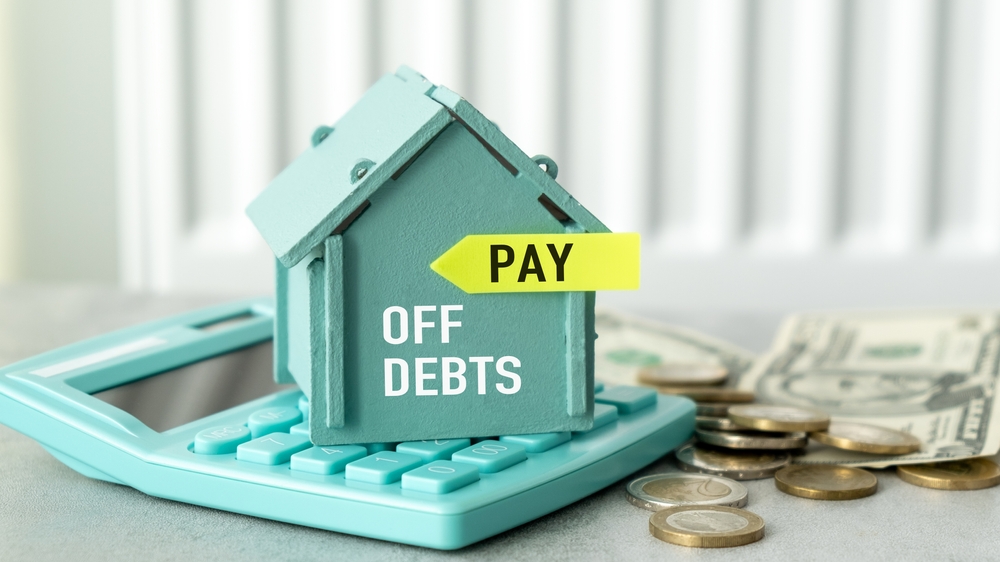
Some Canadians use employer relocation benefits as a strategy to reduce mortgage balances. Companies often cover moving expenses, temporary housing, or even provide lump-sum allowances when staff are transferred. Instead of treating these funds as extra income, disciplined households apply the savings directly toward mortgage repayment. For instance, avoiding CA$15,000 in relocation costs and redirecting that amount to the mortgage can cut years off repayment schedules. This method requires careful planning and restraint, but it ensures that one-time employer support creates lasting financial benefit rather than short-lived lifestyle improvements.
Combining Mortgage-Free Living with Co-Ownership Arrangements

Co-ownership is becoming more common among Canadian families and friends seeking affordable housing solutions. By pooling resources to purchase a home, participants reduce individual mortgage obligations and expenses. For example, two families buying a CA$600,000 property together can halve their debt load and reach mortgage freedom faster. This arrangement requires legal agreements to protect all parties, but when managed carefully, it accelerates repayment and creates shared equity growth. Co-ownership reduces the financial strain of housing costs while still providing access to property ownership and long-term financial security.
Allocating Overtime or Seasonal Job Earnings to Principal

Overtime pay and seasonal income provide many Canadians with opportunities to accelerate mortgage repayment. Workers in industries like retail, construction, or healthcare often earn extra income beyond their base salary. Instead of incorporating this into regular spending, families dedicate it entirely to mortgage prepayments. Even modest amounts, such as CA$4,000 from holiday retail shifts or summer construction projects, can significantly reduce principal balances. This method prevents irregular earnings from fueling lifestyle inflation and ensures that temporary boosts in income create lasting financial benefits through faster debt elimination.
Buying Below Market Value and Applying Savings to Repayment

Some households accelerate mortgage repayment by purchasing homes priced below market value. This approach creates immediate savings that can be redirected toward principal reduction. For example, buying a property for CA$380,000 in a CA$400,000 market provides CA$20,000 in potential equity. Applying this difference as a lump-sum prepayment not only reduces interest costs but also shortens the mortgage term. This strategy often involves purchasing in emerging neighbourhoods, negotiating effectively, or buying homes needing minor upgrades. The initial discipline of buying below means more resources available for long-term mortgage elimination.
Reducing Lifestyle Inflation to Redirect Extra Income to Mortgage

Many Canadians commit to keeping their expenses steady even as their incomes rise. This avoidance of lifestyle inflation allows the surplus income to be channelled into mortgage prepayments. For instance, instead of upgrading vehicles or taking on costly vacations after a raise, households direct the additional CA$5,000–CA$10,000 annually toward their mortgage. This approach requires mindful budgeting but ensures that income growth is used to build equity rather than fund short-term luxuries. By resisting the pressure to spend more with every salary increase, families accelerate their journey toward mortgage freedom.
Leveraging RRSP Withdrawals under the Home Buyers’ Plan

The Home Buyers’ Plan (HBP) allows first-time Canadian homebuyers to withdraw up to CA$35,000 from their RRSPs without immediate tax penalties. While typically used for down payments, some families leverage this programme to reduce their mortgage at purchase and re-contribute strategically over time. By lowering the initial loan amount, households benefit from reduced interest costs and shorter amortisation schedules. Although re-contributions are mandatory, disciplined savers treat the repayment schedule as part of their financial planning. This structured approach ensures the HBP not only supports homeownership but also accelerates debt freedom.
Making Extra Payments During Mortgage Renewal Negotiations

Mortgage renewals present valuable opportunities for Canadians to adjust terms and reduce debt faster. Many lenders allow lump-sum payments at renewal without penalty. By saving in advance and applying CA$10,000–CA$20,000 during renewal, families reduce principal significantly while renegotiating interest rates. Even small extra contributions at this stage lead to long-term savings—homeowners who plan view renewals not just as administrative tasks but as critical milestones to accelerate repayment. Combining prepayments with lower negotiated rates maximises financial benefits and moves families closer to mortgage-free living.
House Hacking: Renting Out Spare Rooms to Accelerate Repayment
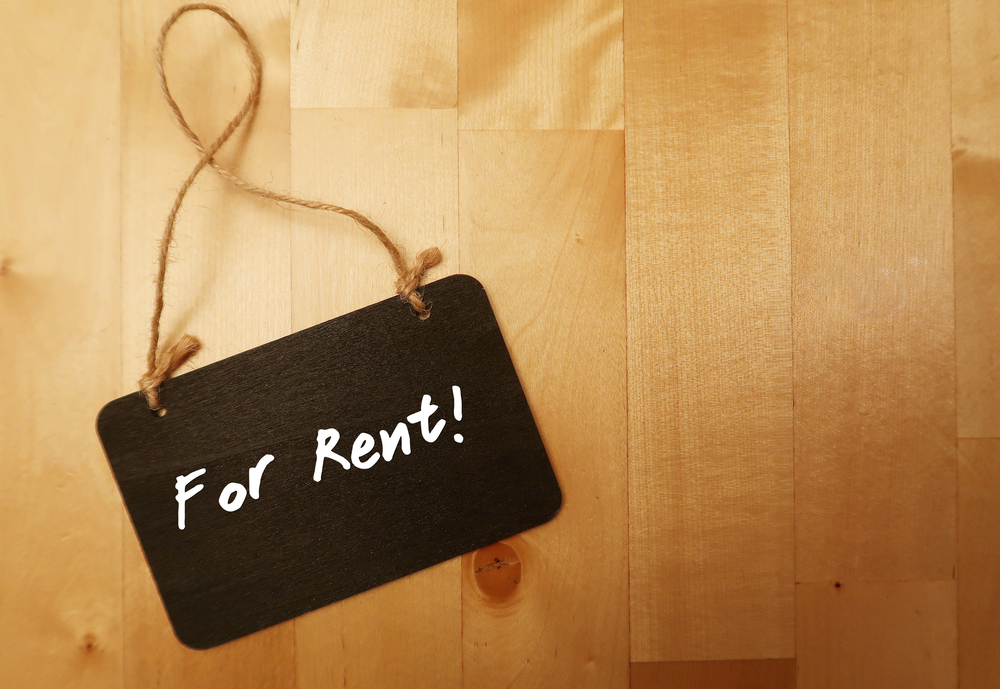
House hacking has become a popular strategy among Canadian homeowners seeking to offset mortgage costs. By renting out spare bedrooms, basements, or secondary suites, families generate a consistent income that is applied directly to the mortgage. For example, earning CA$900 monthly from a rented basement suite equates to more than CA$10,000 annually toward repayment. This approach not only accelerates debt reduction but also makes homeownership more sustainable in expensive housing markets. With proper tenant agreements and adherence to local regulations, house hacking transforms unused space into a powerful financial tool.
Avoiding Expensive Renovations Until the Mortgage Is Cleared

Many Canadians delay major home renovations until after their mortgage is fully paid. Renovations such as kitchen remodels or basement upgrades can cost CA$20,000–CA$50,000, money that could otherwise reduce principal debt. By focusing first on debt repayment, families avoid taking on additional loans or straining their finances. Instead, they prioritise more minor, low-cost improvements until they reach mortgage freedom. Once the mortgage is cleared, homeowners gain financial flexibility to renovate without burden. This disciplined approach ensures that every available dollar contributes directly to long-term debt elimination and economic independence.
Building a Strict Budget with Mortgage Freedom as the Primary Goal

Some households create highly disciplined budgets centred around eliminating mortgage debt. This approach involves categorising every expense, minimising discretionary spending, and directing all surplus funds to the mortgage. For example, families might limit dining out, vacations, or luxury purchases until the loan is cleared. A budget-first strategy provides structure, accountability, and measurable progress toward financial freedom. The clarity of seeing balances shrink motivates households to maintain their strict approach. While it requires sacrifice in the short term, this method helps families achieve debt-free living sooner and enjoy greater financial flexibility afterwards.
21 Products Canadians Should Stockpile Before Tariffs Hit

If trade tensions escalate between Canada and the U.S., everyday essentials can suddenly disappear or skyrocket in price. Products like pantry basics and tech must-haves that depend on are deeply tied to cross-border supply chains and are likely to face various kinds of disruptions
21 Products Canadians Should Stockpile Before Tariffs Hit